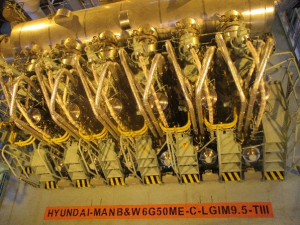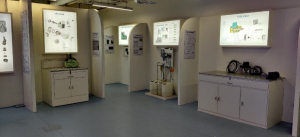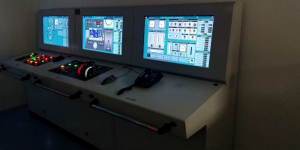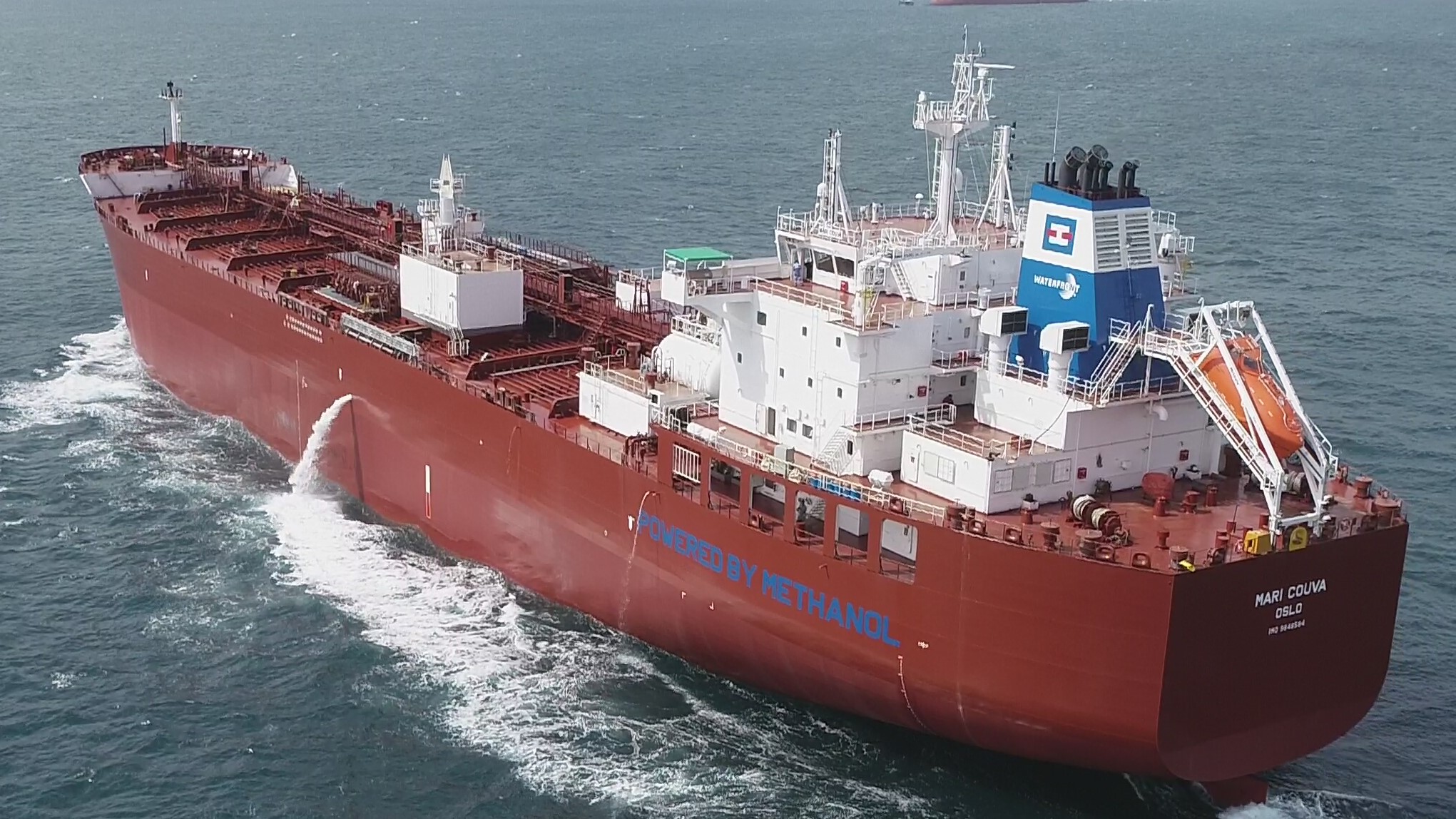Dual-fuel engines are unique because they can operate on both conventional fuels, plus methanol or gas fuels.
As the maritime industry explores different approaches towards decarbonisation, dual-fuel engines are becoming increasingly prevalent in the build of new vessels since they are more environmentally friendly than other alternatives.
Owners are keen to install them to reduce vessels’ emissions of greenhouse gases, to comply with the environmental requirements, set forth by the International Maritime Organisation (IMO) for 2030 and beyond.

Paving the way for the maritime energy transition in shipping are MAN Energy Solutions and Wartsila, the two major producers of large marine engines. Between them, they offer several types of dual-fuel engine that are specific to the type of fuel a vessel utilises.
Vessels, generally, can be divided broadly into two groups:
- Group 1 – Vessels built as per the IGC Code (International Code of the Construction and Equipment of Ships Carrying Liquefied Gases in Bulk)
- Group 2 – Vessels not built as per the IGC Code, but operate using dual-fuel engines that run on gases or low-flashpoint fuels
For the latter, IMO has developed the IGF Code (International Code of Safety for Ships using Gases or other Low-flashpoint Fuels).
At FLEET, we are increasing our use of gases and low-flashpoint fuels to run our vessels. That’s why we are doubling down on our efforts to train our crew on the IGF code requirements
At present, the Manila-based Norwegian Training Centre (NTC) is the only approved training center in the Asia-Pacific that conducts the IGF course. They offer it as a 2-day basic or a 3-day advanced course. We have signed a Memorandum of Understanding (MOU) with them in August 2019. So far, over forty seafarers have participated in the training.
NTC will further be arranging authorised trainers who can travel to our shipyards, when needed, to conduct the full IGF course on site.
Furthermore, to ensure our crew can safely and efficiently operate dual-fuel engines, we have launched a string of initiatives:
- We have signed an agreement with MAN Energy Solutions and Wartsila to train our crew on dual-fuel engines.
- We have installed a full mission engine room simulator for ME Engine with all the necessary hardware, at our Mumbai-based training institute, FMTI for simulation training. The simulator includes a Main Operating Panel (MOP), Multi-Purpose Controller (MPC), Fuel Injection Valve Actuator (FIVA), Hydraulic Power Supply Unit (HPS) pump, Fuel booster, Angle encoder, among others.


Currently, for the dual-fuel vessels, we are managing, we have arranged to train the crew at NTC on IGF code requirements. Likewise, the senior engineers got their training on the LGI (Low-Pressure Gas Injection) technology, used in dual-fuel engines, at Primeserv Academy in Copenhagen.
We also have a series of new building orders lined up for vessels fitted with second generation GIE (Gas Injection Engines) and Wartsila 2-stroke Dual Fuel XDF engines. The delivery is scheduled for the third quarter of 2020.
Transitional fuels are leading the way towards industry-wide decarbonisation. At FLEET, we are fully committed to investing in and taking action to lower our carbon footprint, and we will look at every means possible to do it right.









